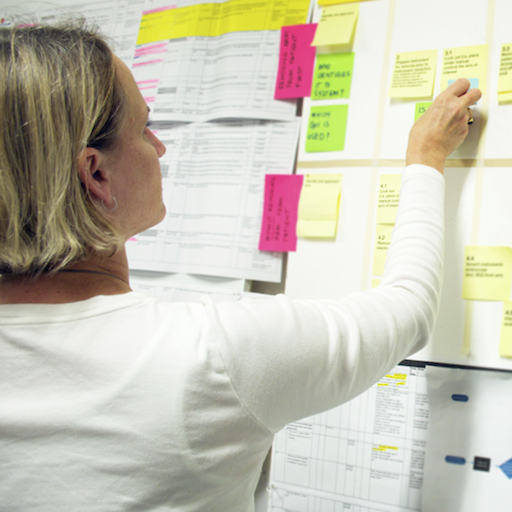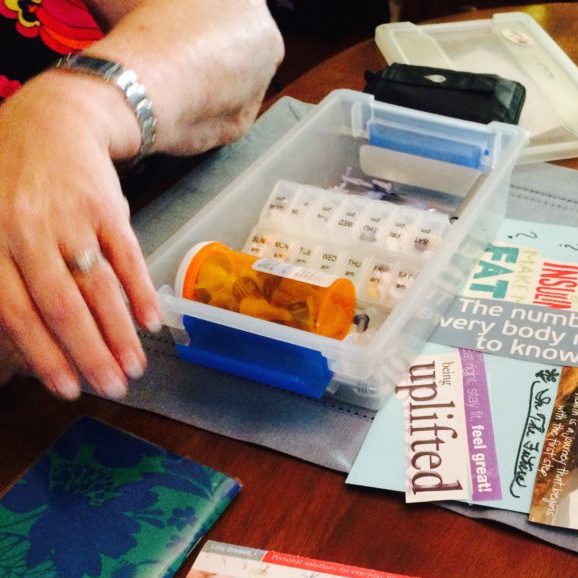Margaret Jacobi of Essential Design shares thoughts with a valued client on managing successful collaboration across a project.
Why falling in love with the problem is one of the most important aspects of Design Thinking
Trusting in the Design Thinking process only works if you can fall in love with the problem first, and here’s why.
GE’s work with design and innovation leads to technology and design decisions clearly rooted in people, their processes, and their goals.
Design Thinking Meets Behavioral Science
Katherine Belk opens a discussion about how and why the potential impact of integrating behavioral science into design is so significant.
Reimagining the Customer Experience
Companies that design compellingly integrated experiences for their customers are better positioned to compete and win, than those that don’t. In this piece, Shawn Torkelson uses the familiar activity of taking a flight to illustrate the importance of aligning the digital, physical and service aspects of a brand experience.
On International Women’s Day, I’m cheering for my dad. Here’s a story on how a lesson I learned as a young woman frames my design work today, and influences the relationships I build with my clients and colleagues.
And it has nothing to do with gender.
Woodford Reserve: Building a Brand Family
Brown-Forman engaged Essential Design to build a more robust brand and product design strategy for their Woodford Reserve brand, and create a cohesive design language.
Designing for Chronic Disease Management
A staggeringly high number of Americans are living with an incurable chronic condition, and this number is only growing. Because of the grave implications this has on the well-being of our population and the affordability of healthcare, patients and providers alike are incentivized to more effectively manage these conditions. The design thinking approach provides particular advantages to developing solutions that improve patient outcomes.
Why Human-centered Design is the Key to Building Better Robots
In a post for Autodesk’s Design Academy, Scott Stropkay posits that “putting humans at the center of technology-driven robot design projects changes the way we define success—and what is expected from the designer.”












